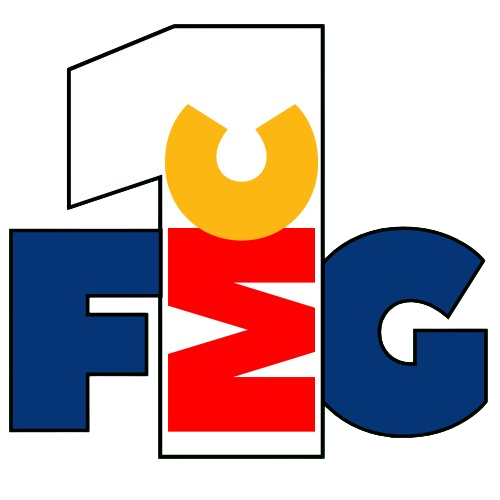PepsiCo Shares Dip Below 200-Day Moving Average Amid Market Uncertainty
PepsiCo (NASDAQ: PEP) recently saw its stock fall below the 200-day moving average for the first time since early 2023, highlighting growing investor caution surrounding earnings prospects and consumer demand in the FMCG sector.
The stock closed at $170.21 on Thursday, slipping beneath its 200-day moving average of $170.39. This technical move may signal broader concerns among market participants, particularly as consumer staples stocks have come under pressure amid shifting macroeconomic outlooks and persistent inflation.
PepsiCo’s latest earnings report showed a modest revenue increase of 2.3% year-over-year to $18.25 billion for Q1 2024, falling slightly short of analyst expectations. Adjusted earnings per share rose 4% to $1.61, driven by price increases to offset cost inflation. However, volume slipped in key categories, reigniting questions about consumer resilience.
CEO Ramon Laguarta noted that while consumers remain pressured by inflation, PepsiCo continues to focus on brand value, portfolio diversification, and operational efficiency. The company reaffirmed its 2024 guidance of 4% organic revenue growth and 8% core constant currency EPS growth.
Despite its long-term strengths, including global brand equity and consistent dividend payouts, PepsiCo is facing headwinds common across the FMCG landscape. Input cost inflation, particularly in packaging and transportation, remains a concern. Additionally, ongoing shifts in consumer preferences toward healthier and lower-priced alternatives challenge traditional beverage and snack offerings.
From an investment perspective, the break below the 200-day moving average could prompt technical selling and short-term volatility. Some analysts suggest the stock may find support near the $165 level, with longer-term investors viewing current levels as a potential buying opportunity based on fundamentals.
As FMCG brands navigate margin pressures and evolving consumer behavior, PepsiCo’s performance offers insights into broader sector dynamics. The balance between premiumization, affordability, and innovation remains critical as brands seek sustainable growth amid economic uncertainty.

